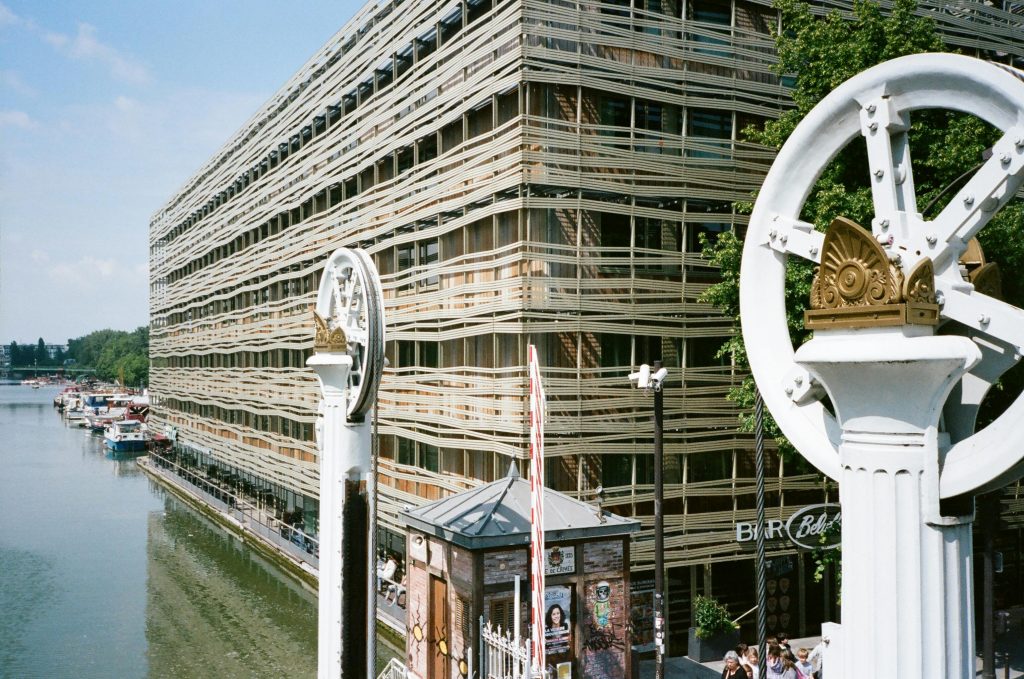Troubleshooting GPU Display Issues: A Guide to Resolving No-Display and Boot Hang Problems with the ASUS TUF GTX 1650
Introduction
Graphics card problems can be frustrating, especially when they manifest as no display output or system freezes during boot. If you own an ASUS TUF GTX 1650 and are experiencing issues such as a black screen or the system getting stuck at the American Megatrends POST screen, this article provides a comprehensive approach to diagnosing and resolving the problem.
Understanding the Issue
Recent observations indicate intermittent display outputs: sometimes the system shows a black screen despite fans and LEDs functioning, while at other times it stalls at the motherboard’s POST screen. Reboot attempts may result in no display, a frozen logo, or flashing screens. Diagnosing whether the root cause is hardware failure or BIOS/driver issues is crucial.
Initial Troubleshooting Steps
- Hardware Swap Testing
- Tested with a friend’s Gigabyte GTX 1650, which operates normally, indicating your monitor, cables, and PSU are likely functioning correctly.
- Reseating Components
- Reinstalled your ASUS TUF GTX 1650 and reconnected cables to rule out loose connections.
- Peripheral Checks
- Verified monitor and cable integrity through other devices, confirming they are not the source of the problem.
Key Questions for Diagnosis
- Is the issue due to hardware failure of the GPU or BIOS/driver conflicts?
- Since the system sometimes fails to reach Windows, are driver issues a probable cause?
Analysis
Given that a different GPU works flawlessly on the same system configuration, the problem seems localized to your ASUS TUF GTX 1650. This suggests a potential hardware failure within the GPU itself, such as faulty VRAM or other internal components. However, BIOS-related issues—such as outdated firmware or incompatible settings—can also cause boot hang-ups and display problems.
Recommendations
- BIOS Update
- Ensure your motherboard’s BIOS is up-to-date, as manufacturer updates often resolve compatibility issues with newer hardware.
- Check for GPU BIOS
- In some cases, updating or reflashing the GPU’s BIOS can resolve persistent hardware faults, but this should be approached carefully.
- Reset BIOS Settings
- Restore default BIOS settings to eliminate misconfigurations.
- Test in Alternative Systems
- If possible, test the GPU in a different compatible system to confirm hardware health.
- Power Supply and Connections
- Confirm that your PSU can handle the GPU and that all power connectors
Share this content:



